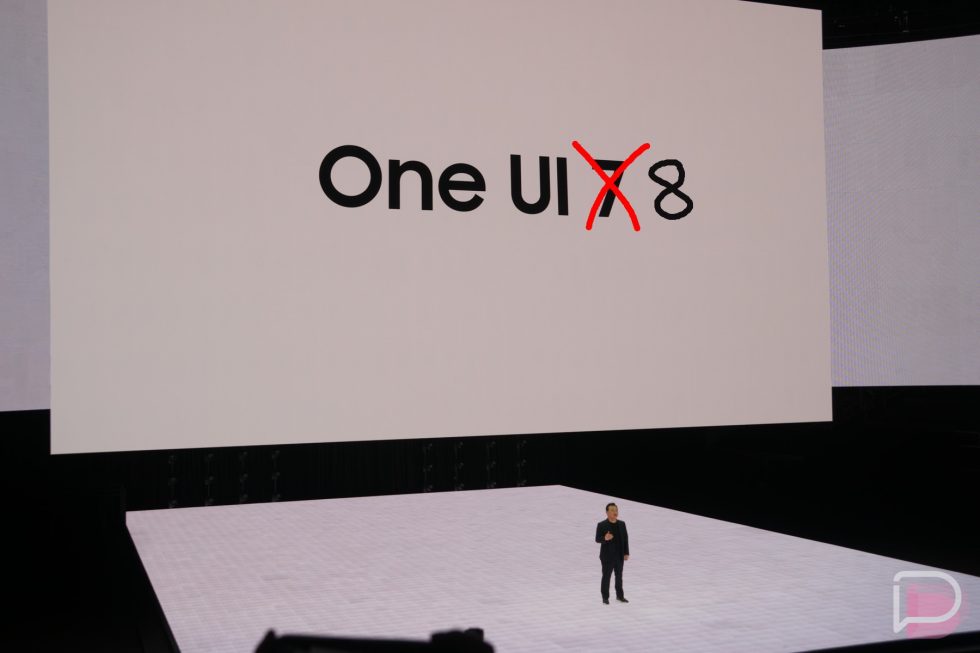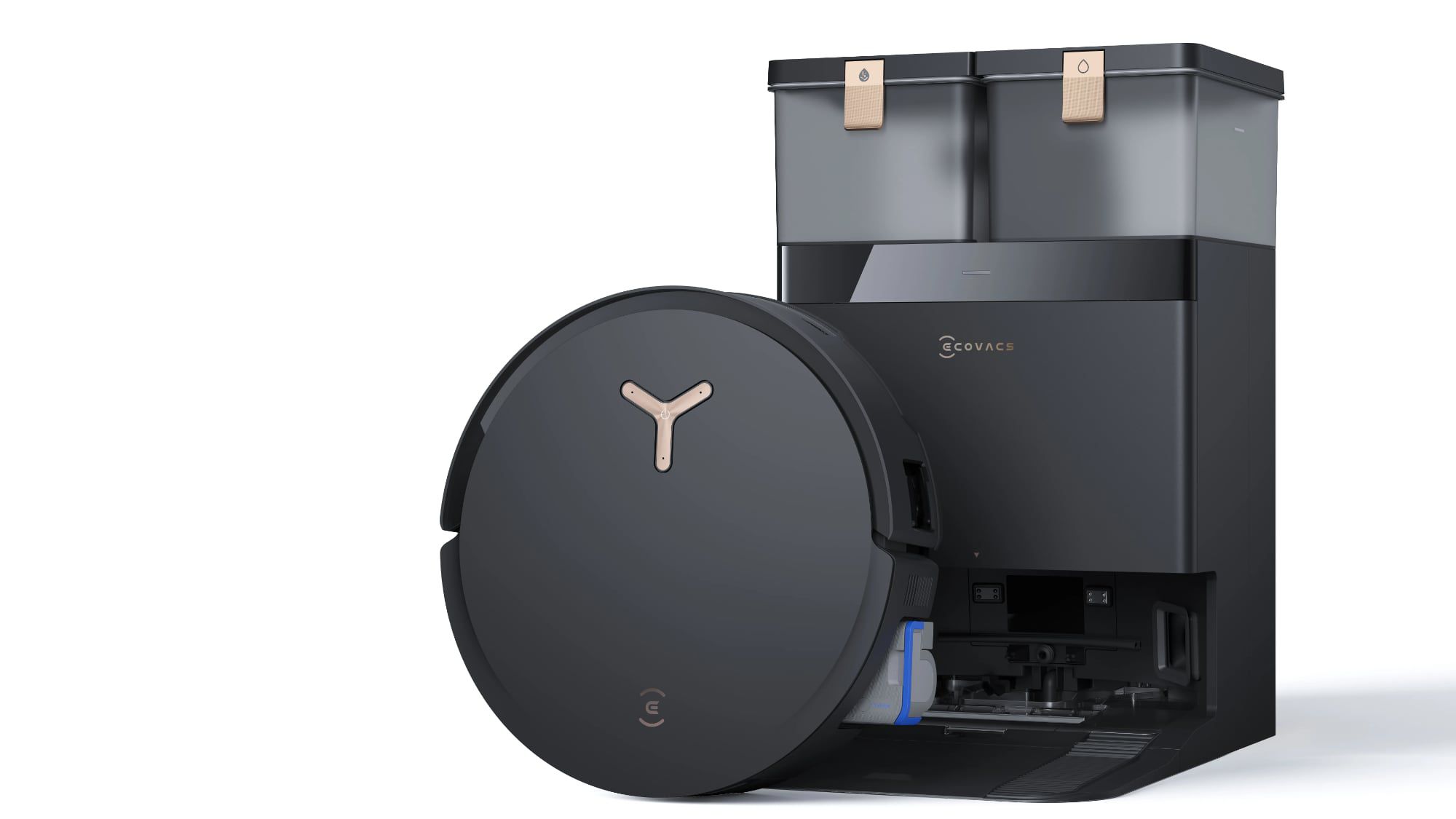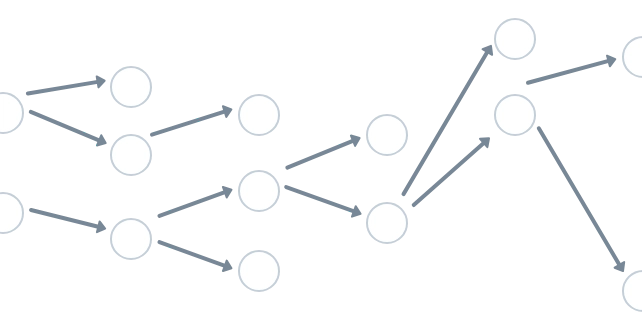Exploring the Future of Web Automation with Headless Browser
In a world where time and efficiency rule, headless browsers are a game-changer. These lightweight, no-visual-UI browsers are designed for high-speed tasks, from web scraping to automated testing. Running in the background without a GUI, they perform all the functions of a standard browser. This makes them powerful tools for developers and analysts alike. However, it's important to understand both their strengths and their potential pitfalls. Introduction to Headless Browser A headless browser operates just like your typical browser, but without the graphical user interface (GUI). It requests websites, downloads pages, and uploads data, all in the backend. Developers interact with these browsers through command-line instructions or network communication—no click-and-drag, no buttons. It’s all text-based. But why does that matter? Benefits of Headless Browsers Speed: Forget waiting for a browser to load all the images and styles. Headless browsers can get the job done much faster, since there's no GUI to render. Resource Optimization: Since there’s no graphical display, headless browsers consume fewer system resources. This makes them ideal for running multiple tasks at once—think automated testing, scraping, and more—without slowing down other applications. Automation: You can script headless browsers to do repetitive tasks, like form submission or clicking buttons, saving you hours of manual work. Consistency: Running tests across different platforms? Headless browsers ensure that the environment is consistent, unaffected by changes in graphical elements. Remote Testing: They work well in cloud or server environments that don’t support GUI, perfect for testing in remote setups. JavaScript Handling: Some headless browsers can render JavaScript-heavy sites, ideal for scraping dynamic data that static HTML can’t provide. CI/CD Integration: Headless browsers fit seamlessly into Continuous Integration and Continuous Deployment (CI/CD) pipelines, providing fast feedback to developers about app performance and quickly catching bugs. Limitations of Headless Browsers Limited Testing: They’re great for automating tasks like form filling and clicking, but when it comes to user experience testing—where you’re concerned with UI/UX—they fall short. Setup Challenges: Configuring a headless browser isn’t always a breeze. You might need to integrate with other frameworks, manage dependencies, and troubleshoot different environments. JavaScript Challenges: Not every headless browser handles JavaScript properly. So, if you’re testing or scraping a site that heavily relies on JavaScript, choose your tool carefully. Debugging Issues: Since you can’t directly see changes happening in real-time, debugging can get tricky. Without a GUI to check changes visually, error messages might not be as useful. Compatibility: Some headless browsers may not match the latest updates of their full-GUI counterparts, leading to discrepancies in testing and performance. Practical Uses for Headless Browsing Primarily, headless browsers excel in web scraping and automated testing. Here’s where they shine: End-to-end testing: Ensure your entire web app works from start to finish. Cross-browser testing: Run tests across multiple browsers without worrying about visual rendering. Performance Testing: Load testing, page speed analysis, and network monitoring all benefit from the speed of headless browsers. SEO Audits: Quickly scrape content from websites for SEO analysis and competitor research. Single-page apps testing: Headless browsers are perfect for testing SPAs, handling Ajax calls and dynamic content like pros. However, don’t get too carried away. Depending on your use case, a combination of headless and standard browsers may give you the most accurate results. Must-Have Headless Browsers in 2025 So, what are the top headless browsers in 2025? Let's dive in. 1. Puppeteer Puppeteer is your go-to tool for controlling headless Chrome, Chromium, and Firefox. This Node.js library lets you automate tasks with ease—screenshotting pages, generating PDFs, running UI tests, and much more. With seamless JavaScript support, it's perfect for scraping and testing. But keep in mind, it doesn’t support WebKit and isn’t cross-language. Still, if you need power and flexibility, this tool’s hard to beat. 2. Headless Chrome Headless Chrome is a Rust-based library built as a port of Puppeteer. While it’s not as feature-rich, it still delivers on basic testing and scraping tasks. Automatically downloads compatible Chrome/Chromium binaries and supports network request interception—great for testing. However, it lacks some features like touchscreen support and advanced authentication, so be sure to evaluate your needs carefully. 3. Selenium Selenium’s strength lies in its wide compatibility. Whether you code in Java, Python, JavaScript, or C#, this cross-browser testing tool is a staple in the developer world.

In a world where time and efficiency rule, headless browsers are a game-changer. These lightweight, no-visual-UI browsers are designed for high-speed tasks, from web scraping to automated testing. Running in the background without a GUI, they perform all the functions of a standard browser. This makes them powerful tools for developers and analysts alike. However, it's important to understand both their strengths and their potential pitfalls.
Introduction to Headless Browser
A headless browser operates just like your typical browser, but without the graphical user interface (GUI). It requests websites, downloads pages, and uploads data, all in the backend. Developers interact with these browsers through command-line instructions or network communication—no click-and-drag, no buttons. It’s all text-based. But why does that matter?
Benefits of Headless Browsers
Speed: Forget waiting for a browser to load all the images and styles. Headless browsers can get the job done much faster, since there's no GUI to render.
Resource Optimization: Since there’s no graphical display, headless browsers consume fewer system resources. This makes them ideal for running multiple tasks at once—think automated testing, scraping, and more—without slowing down other applications.
Automation: You can script headless browsers to do repetitive tasks, like form submission or clicking buttons, saving you hours of manual work.
Consistency: Running tests across different platforms? Headless browsers ensure that the environment is consistent, unaffected by changes in graphical elements.
Remote Testing: They work well in cloud or server environments that don’t support GUI, perfect for testing in remote setups.
JavaScript Handling: Some headless browsers can render JavaScript-heavy sites, ideal for scraping dynamic data that static HTML can’t provide.
CI/CD Integration: Headless browsers fit seamlessly into Continuous Integration and Continuous Deployment (CI/CD) pipelines, providing fast feedback to developers about app performance and quickly catching bugs.
Limitations of Headless Browsers
Limited Testing: They’re great for automating tasks like form filling and clicking, but when it comes to user experience testing—where you’re concerned with UI/UX—they fall short.
Setup Challenges: Configuring a headless browser isn’t always a breeze. You might need to integrate with other frameworks, manage dependencies, and troubleshoot different environments.
JavaScript Challenges: Not every headless browser handles JavaScript properly. So, if you’re testing or scraping a site that heavily relies on JavaScript, choose your tool carefully.
Debugging Issues: Since you can’t directly see changes happening in real-time, debugging can get tricky. Without a GUI to check changes visually, error messages might not be as useful.
Compatibility: Some headless browsers may not match the latest updates of their full-GUI counterparts, leading to discrepancies in testing and performance.
Practical Uses for Headless Browsing
Primarily, headless browsers excel in web scraping and automated testing. Here’s where they shine:
End-to-end testing: Ensure your entire web app works from start to finish.
Cross-browser testing: Run tests across multiple browsers without worrying about visual rendering.
Performance Testing: Load testing, page speed analysis, and network monitoring all benefit from the speed of headless browsers.
SEO Audits: Quickly scrape content from websites for SEO analysis and competitor research.
Single-page apps testing: Headless browsers are perfect for testing SPAs, handling Ajax calls and dynamic content like pros.
However, don’t get too carried away. Depending on your use case, a combination of headless and standard browsers may give you the most accurate results.
Must-Have Headless Browsers in 2025
So, what are the top headless browsers in 2025? Let's dive in.
1. Puppeteer
Puppeteer is your go-to tool for controlling headless Chrome, Chromium, and Firefox. This Node.js library lets you automate tasks with ease—screenshotting pages, generating PDFs, running UI tests, and much more. With seamless JavaScript support, it's perfect for scraping and testing. But keep in mind, it doesn’t support WebKit and isn’t cross-language. Still, if you need power and flexibility, this tool’s hard to beat.
2. Headless Chrome
Headless Chrome is a Rust-based library built as a port of Puppeteer. While it’s not as feature-rich, it still delivers on basic testing and scraping tasks. Automatically downloads compatible Chrome/Chromium binaries and supports network request interception—great for testing. However, it lacks some features like touchscreen support and advanced authentication, so be sure to evaluate your needs carefully.
3. Selenium
Selenium’s strength lies in its wide compatibility. Whether you code in Java, Python, JavaScript, or C#, this cross-browser testing tool is a staple in the developer world. But—it's not the fastest and lacks some advanced features, like auto-waiting, so if speed is critical, you might want to look elsewhere.
4. HTMLUnit
HTMLUnit has been around for a while, but it’s still a solid option. It simulates user actions and works with JavaScript, making it great for basic testing. However, its API is somewhat limited compared to newer tools, and it’s not as polished as some of the competition. Still, if you’re dealing with legacy systems or simple needs, HTMLUnit might do the trick.
5. Cypress
Cypress is a specialized headless browser for front-end testing, offering rich debugging tools and seamless CI/CD integration. If you’re focusing on end-to-end or unit testing, this is a great pick. But keep in mind, it’s not ideal for web scraping, and it only supports JavaScript, so if your project calls for broader compatibility, you’ll need something else.
Boosting Your Headless Browser with Proxies
Whether you’re testing or scraping, proxies can supercharge your headless browser's effectiveness. They help you simulate real-world usage, manage geo-restrictions, and avoid IP bans. When combined with your headless browser, proxies ensure accurate results and protect your data integrity.
Final Thoughts
Headless browsers offer unmatched speed, efficiency, and automation capabilities—if used correctly. Choose the right tool for your use case, combine it with powerful third-party tools like proxies, and you’re in for more accurate, faster testing and scraping results.










































































































































































![[The AI Show Episode 144]: ChatGPT’s New Memory, Shopify CEO’s Leaked “AI First” Memo, Google Cloud Next Releases, o3 and o4-mini Coming Soon & Llama 4’s Rocky Launch](https://www.marketingaiinstitute.com/hubfs/ep%20144%20cover.png)














































































































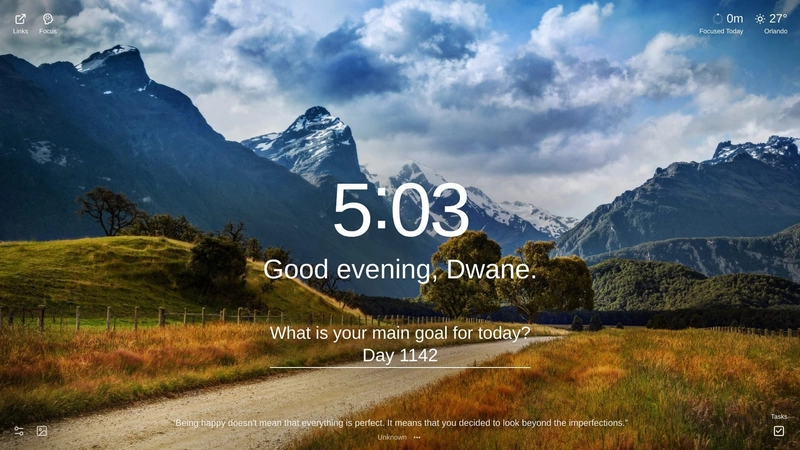
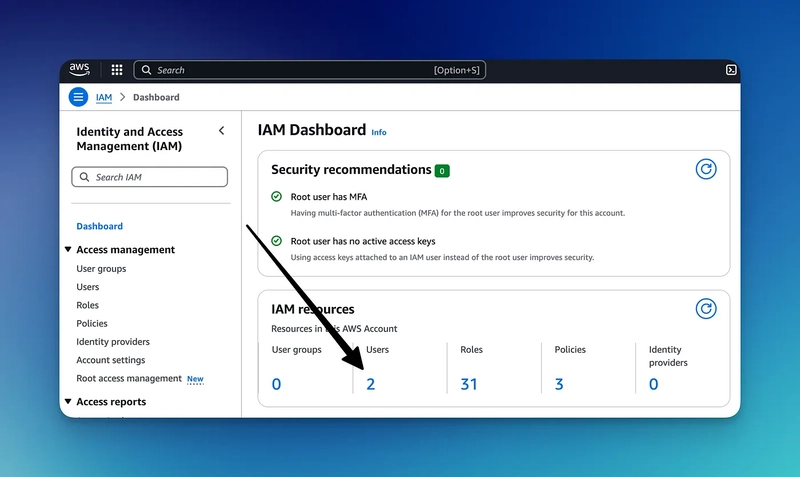




















































































![GrandChase tier list of the best characters available [April 2025]](https://media.pocketgamer.com/artwork/na-33057-1637756796/grandchase-ios-android-3rd-anniversary.jpg?#)












































.png?width=1920&height=1920&fit=bounds&quality=70&format=jpg&auto=webp#)








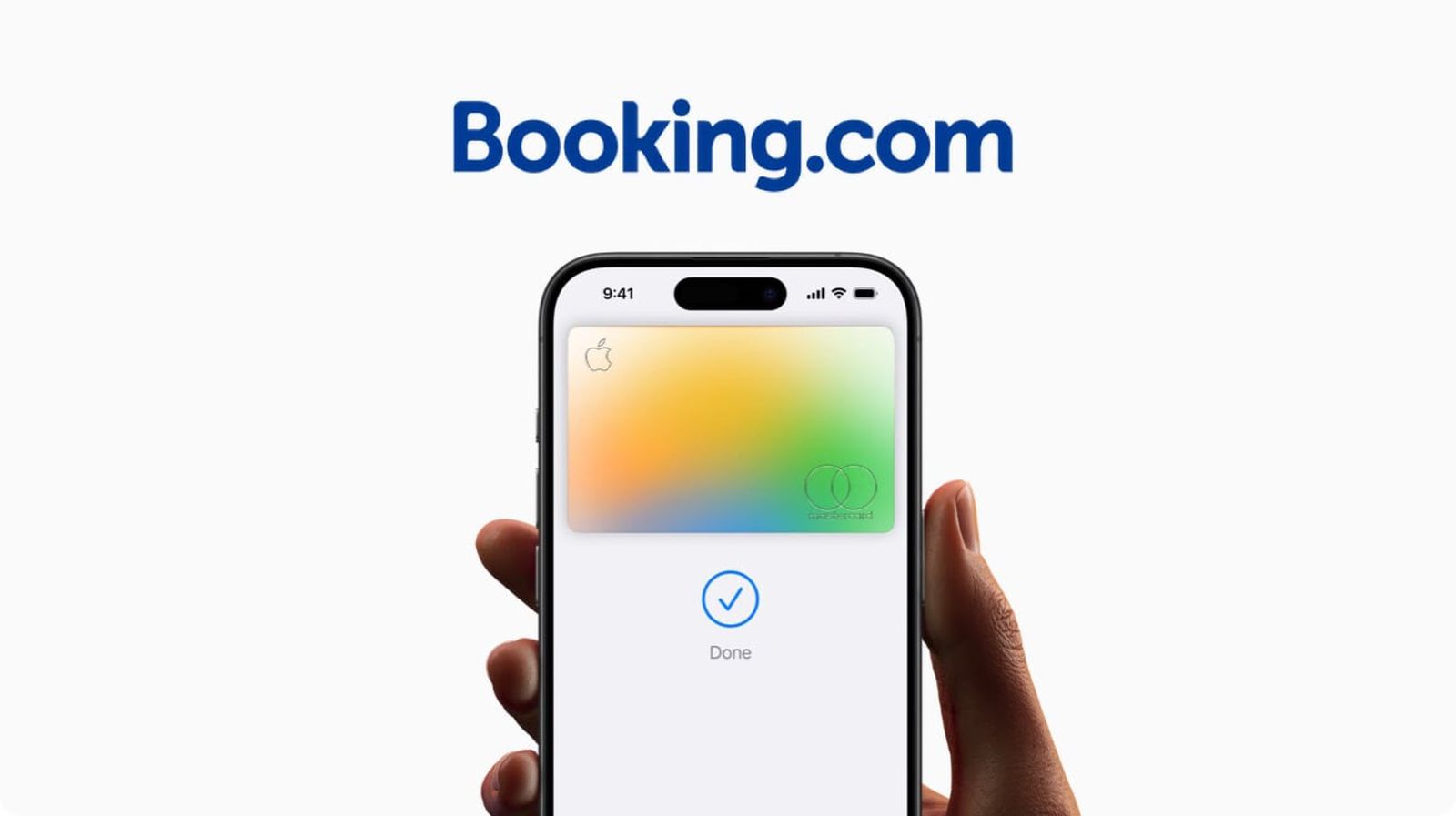
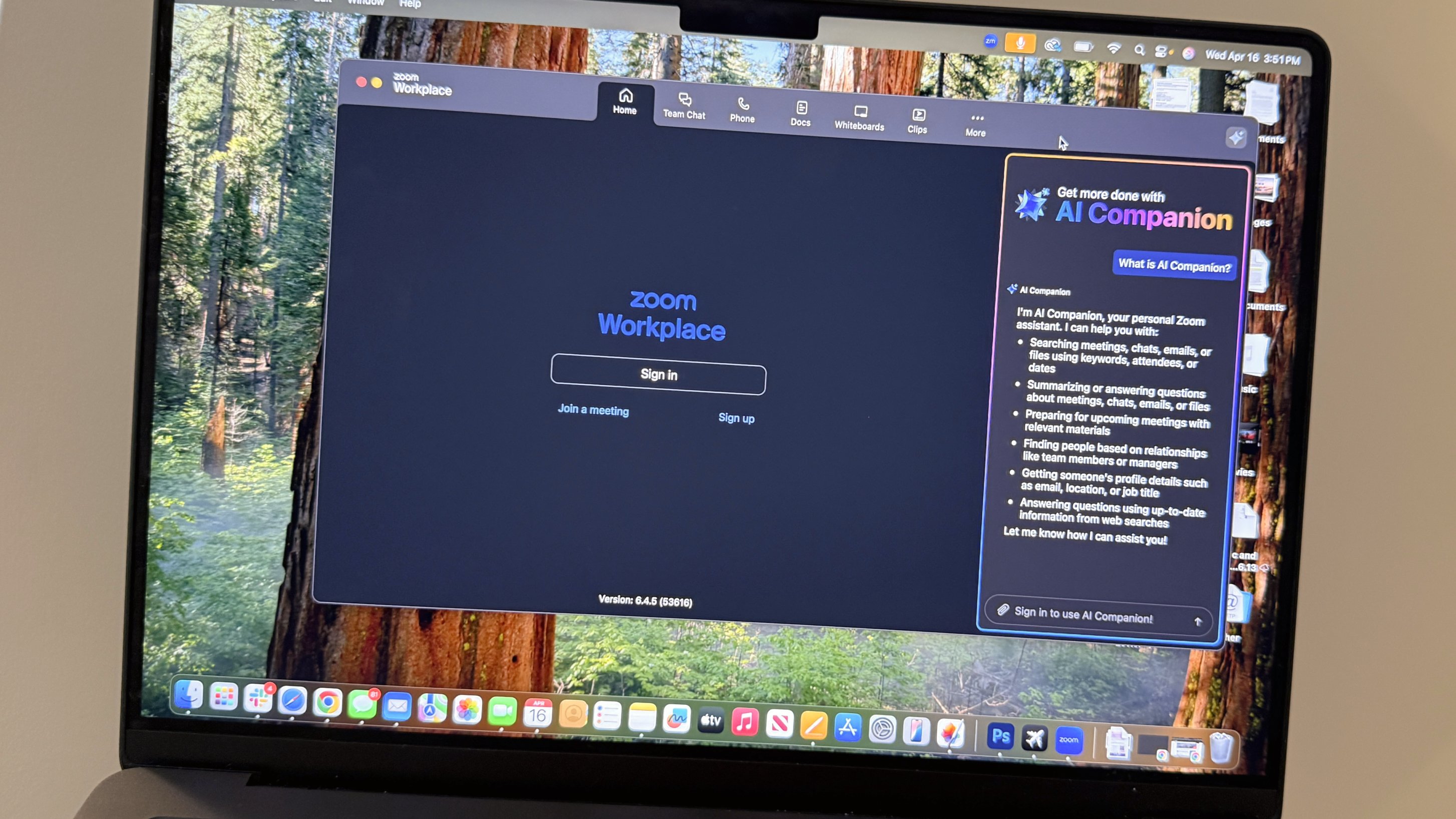






















































































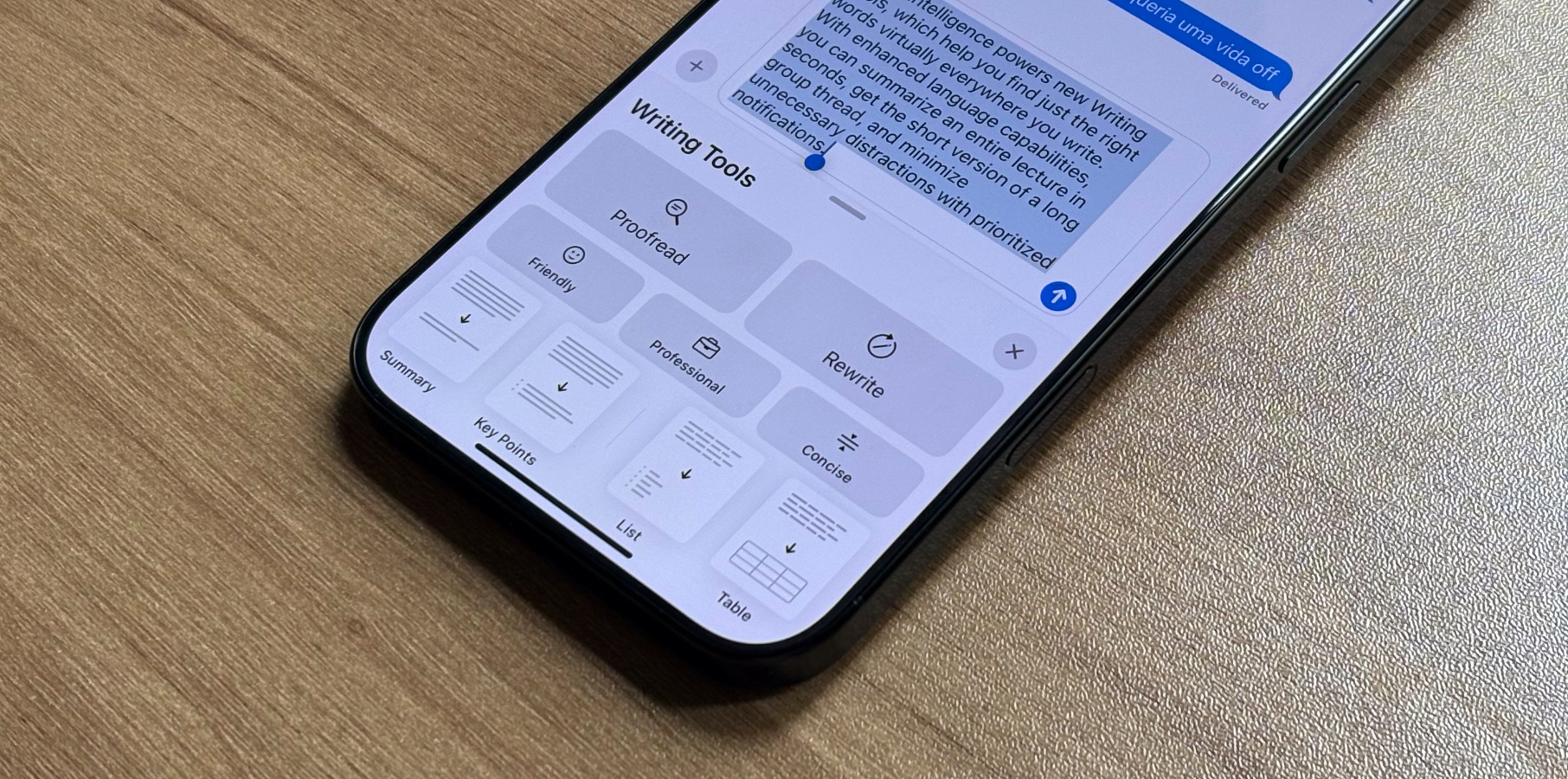




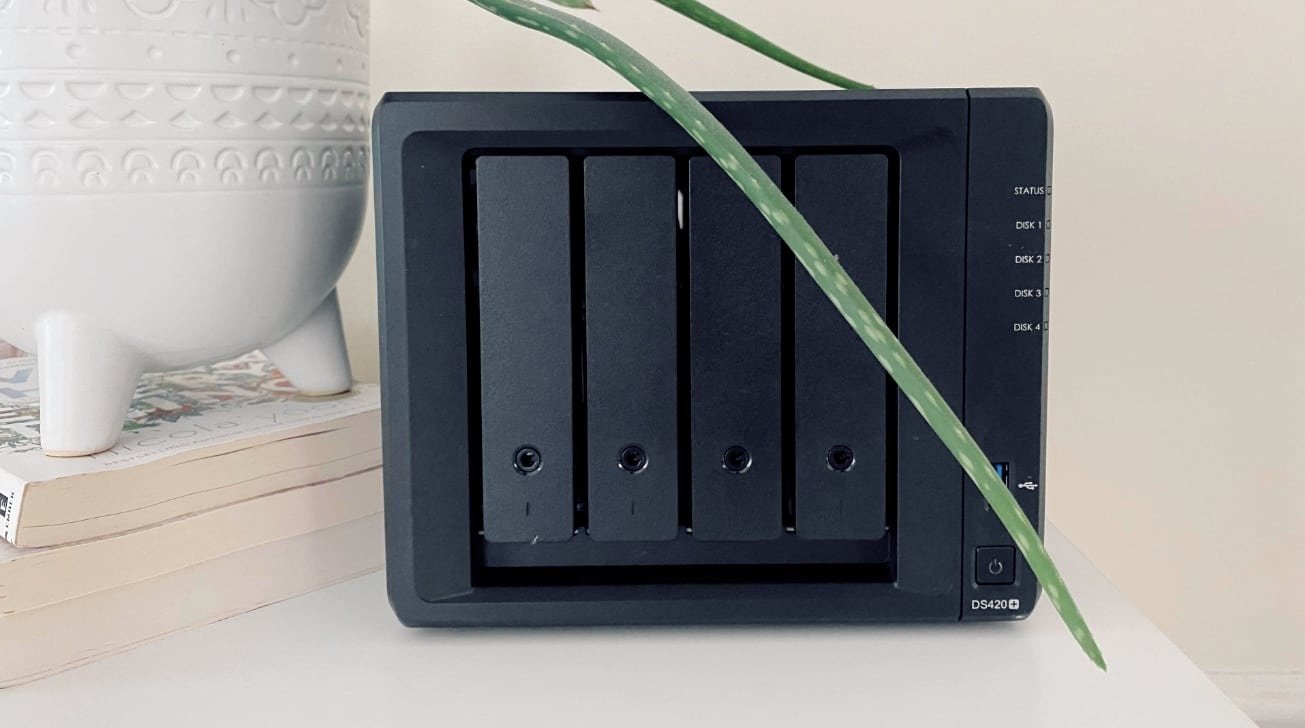

![Global security vulnerability database gets 11 more months of funding [u]](https://photos5.appleinsider.com/gallery/63338-131616-62453-129471-61060-125967-51013-100774-49862-97722-Malware-Image-xl-xl-xl-(1)-xl-xl.jpg)

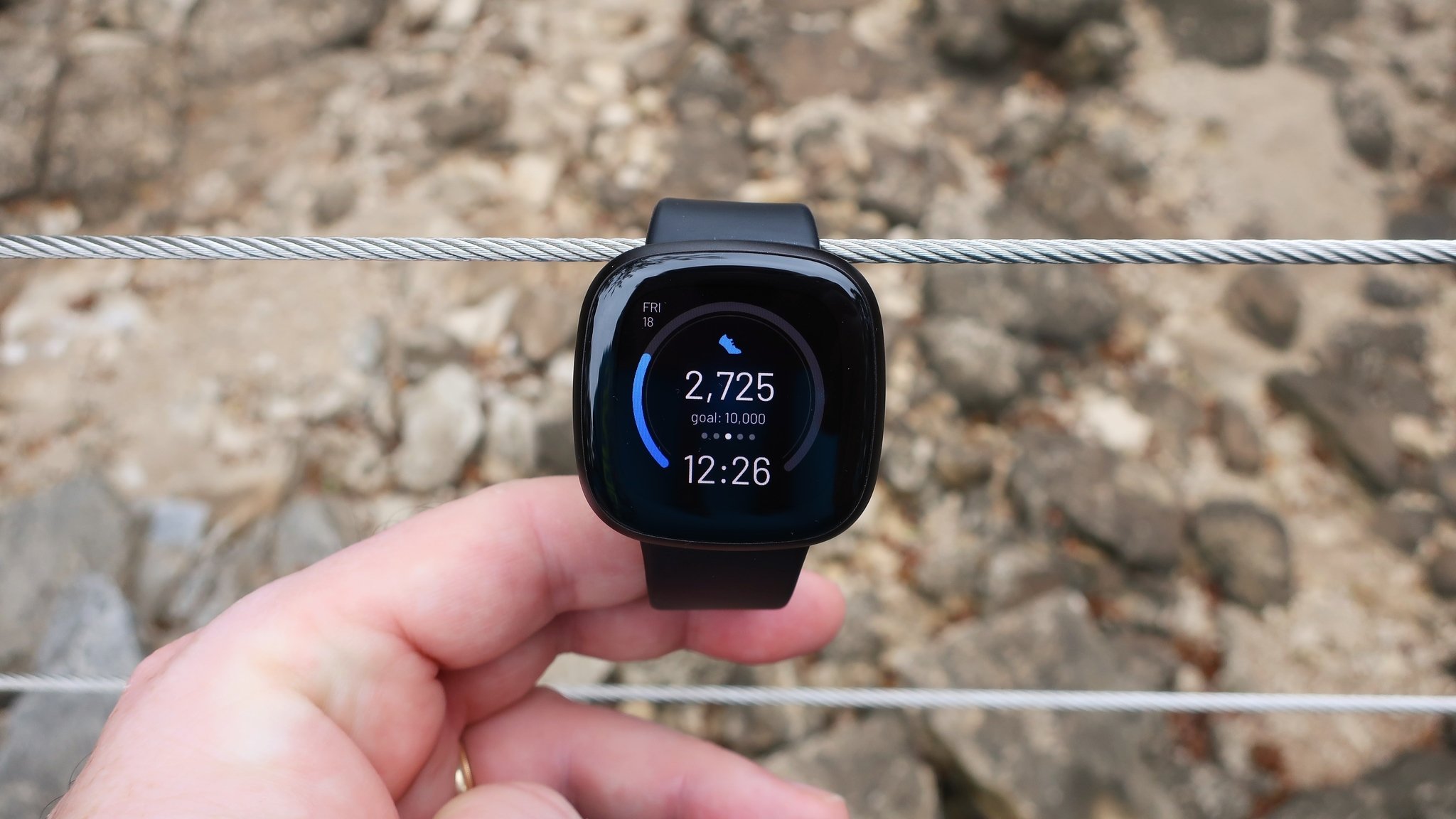

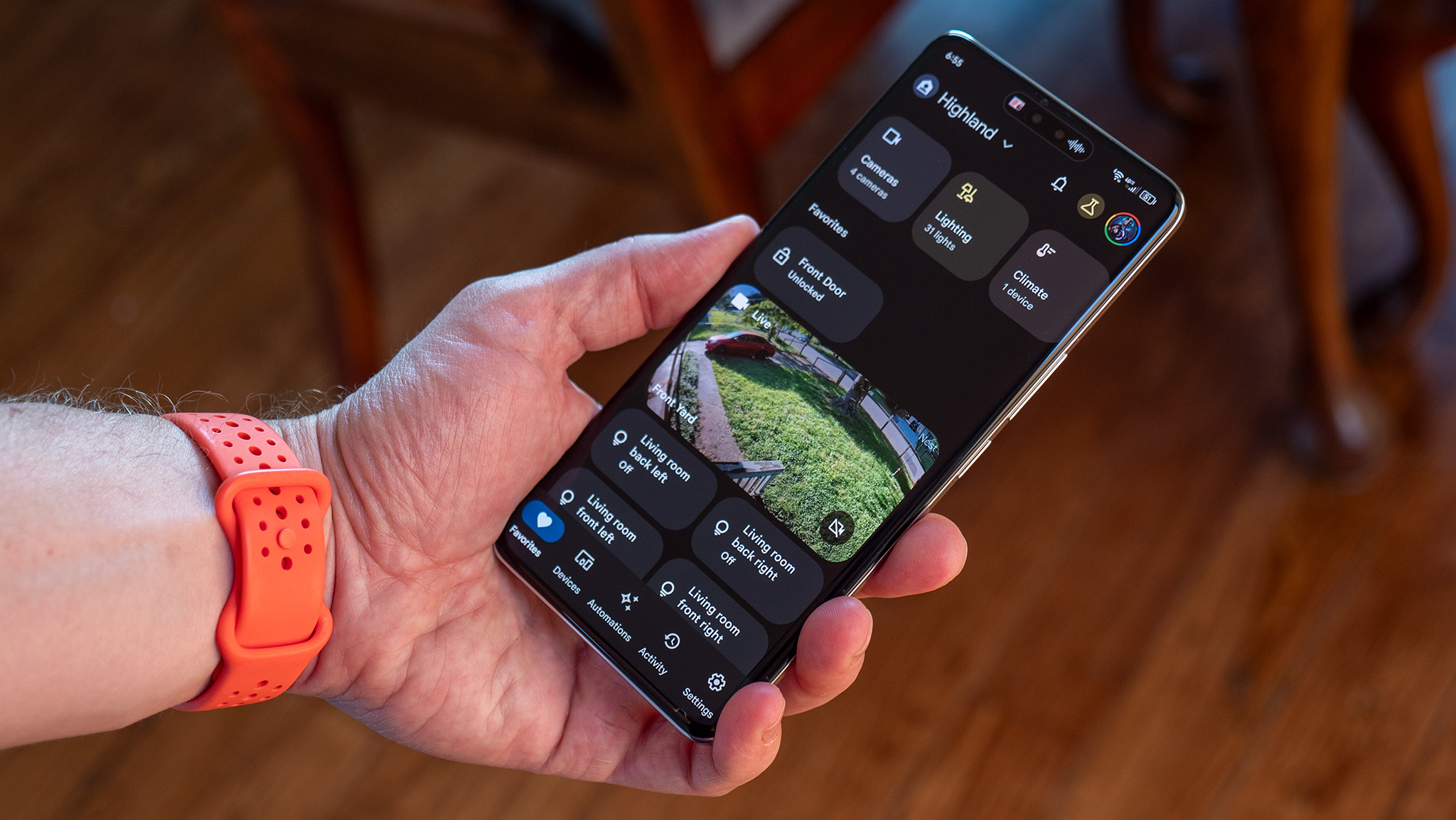


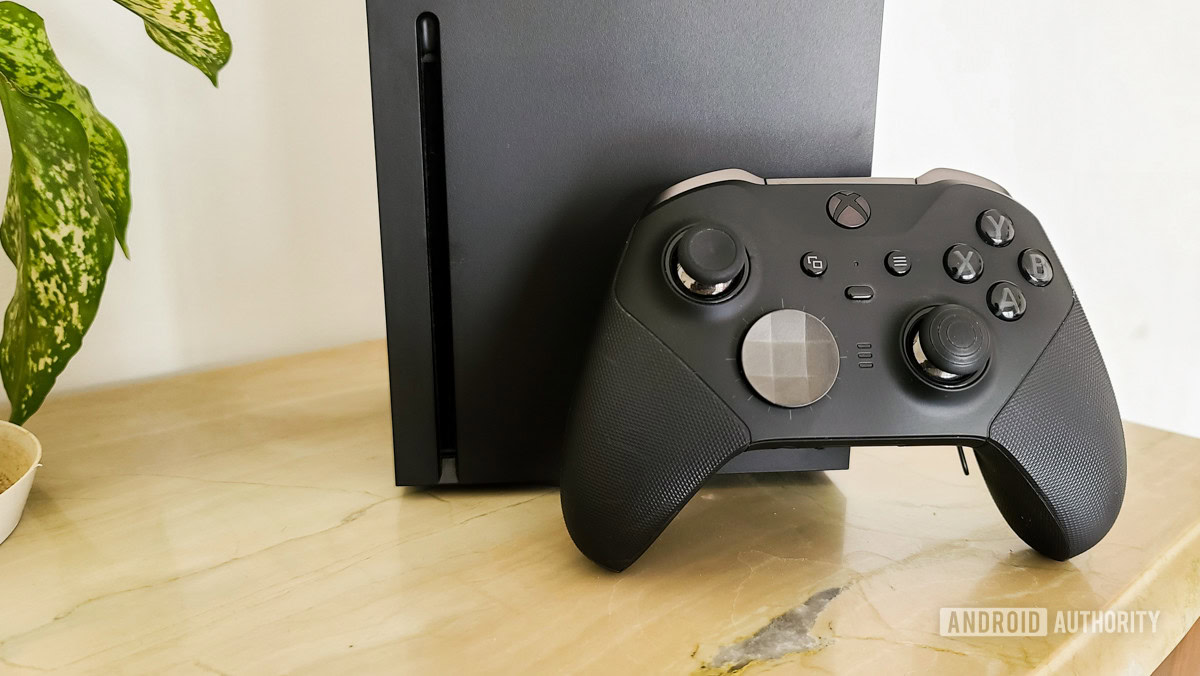



















![Apple Shares New 'Mac Does That' Ads for MacBook Pro [Video]](https://www.iclarified.com/images/news/97055/97055/97055-640.jpg)

![Apple Releases tvOS 18.4.1 for Apple TV [Download]](https://www.iclarified.com/images/news/97047/97047/97047-640.jpg)
![Apple Releases macOS Sequoia 15.4.1 [Download]](https://www.iclarified.com/images/news/97049/97049/97049-640.jpg)























